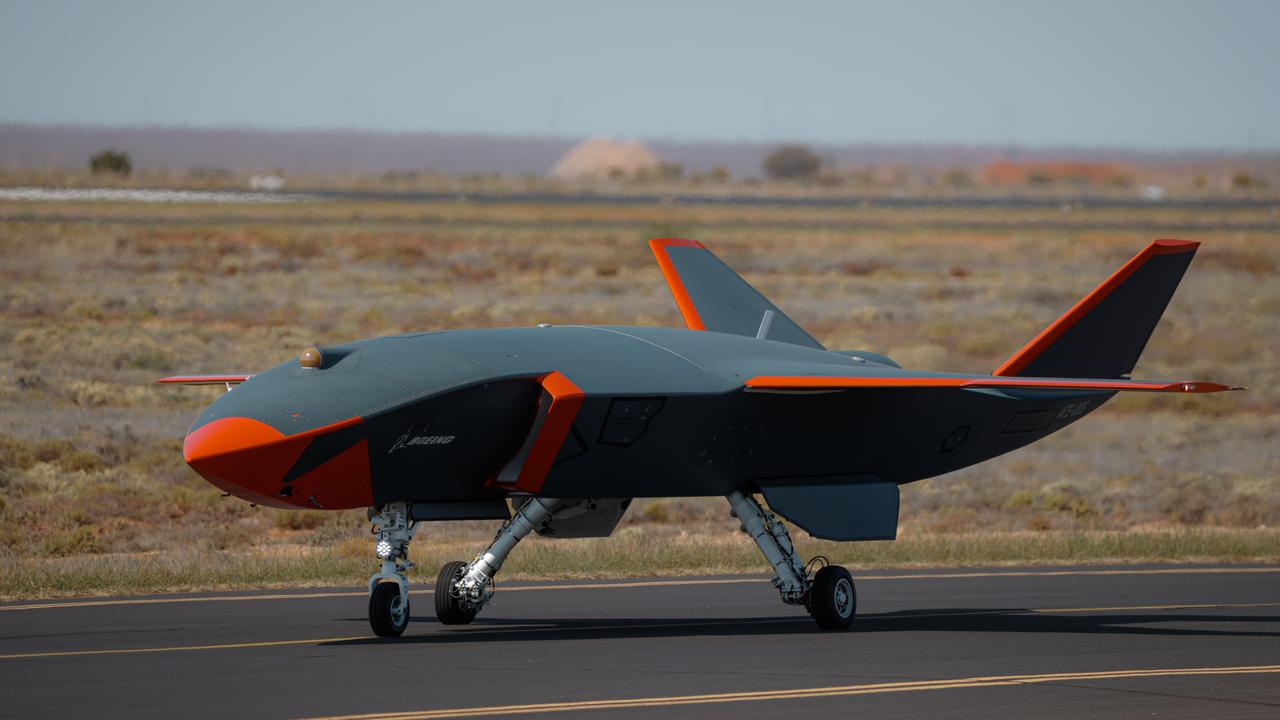Romeos replace unloved Taipans
The Australian government is buying 12 more Sikorsky MH-60R Seahawk naval combat helicopters to boost the Royal Australian Navy’s capability at sea.

The Australian government is buying 12 more Sikorsky MH-60R Seahawk naval combat helicopters to boost the Royal Australian Navy’s capability at sea.
A 13th helicopter has also been added to the contract, to replace an aircraft lost when it crashed into the Philippine Sea in October 2021.
The contract will see the navy’s fleet of Romeo helicopters increase to 36, which will support the increased number of flights embarked in its surface combatant fleet – each flight consisting of a single Romeo, personnel and a logistics support package.
The government’s continuous naval shipbuilding plan will see the number of surface combatants increase and this will result in the number of flights available for embarkation rise from the current eight to 14 between now and 2030.
The expanded fleet will also take over the logistics support helicopter role left vacant by the premature withdrawal of the unloved MRH-90 Taipan, and a new operational squadron is being raised. When the new squadron (808SQN, the unit previously flying the Taipan) has stood up, it will give the navy two operational Romeo squadrons and a training unit.
Both operational squadrons will be responsible for the naval combat (anti-submarine warfare and anti-surface warfare) roles, as well as fleet logistics support duties – the latter requiring the removal of the combat mission equipment from the cabin.
The first two of the new helicopters will arrive in the third quarter of 2025 and all will have been delivered to Australia by the end of 2026.
The helicopters are based at HMAS Albatross, near Nowra in southern NSW, and are supported at the base by Sikorsky Australia, which has established a maintenance and logistics facility just outside the wire.
Sikorsky Australia currently conducts periodic maintenance inspection (PMI) overhauls for the navy as well as logistics support for the fleet and is in the process of growing its workforce to by around 100 people to cater with the expanded navy fleet.
“It’s part of a significant enhancement in capability for the RAN to move from eight to 14 embarked flights,” a company spokesperson says.
“That brings some opportunities we need to explore for our workforce in particular.
“We have a challenge to step up from the current levels of support for the fleet (and) we have a near-term requirement to expand our facilities.”
There is a further opportunity for Sikorsky to perform PMI work for US Navy MH-60Rs deployed in the region and a “proof of concept” activity was performed on an American helicopter at Nowra earlier this year.
“One of our advantages is that the RAN’s Romeos share an identical configuration with the US Navy’s helicopters, the spokesperson says.
“It’s a very unique relationship we have with the US, making sure that our inter-changeability is of the highest order.”
Although there is no further contract to perform PMI work for the US, Sikorsky sees the synergies that such an activity can realise. “It makes significant sense to have regionally deployed aircraft here (in our facility) rather than send them back to the US for maintenance,” the spokesperson says.


